Architectural snapshots of all sorts abound in the vast image archives of tourists. Those travelling from Europe to Africa capture colonial landmarks, city streets and slums, rural homesteads, a government building, church, mosque or school with stoic if not feverish intensity.
The snapshots by the Swiss journalist Hans Jenny (1912-1996) and his wife Trudi (1912-2003) of blocky office, housing and other rising towers in African cities of the 1960s to 1980s surprise somewhat. But then Hans Jenny was primarily a wealthy Zurich-based estate agent and in his journalistic output for conservative Swiss and German newspapers emphasised colonial and post-colonial “development” and “progress” on the continent, urban (and, in the southern African context, apartheid) planning, state, and nation building.
“The New Africa. A continent in upheaval.” reads the stereotypical title of one of his monographs in 1983.
The depictions of monolithic buildings often lack clues as to their functions and inner lives. Unsuspiciously, they enlarge the global grids of infrastructure, labour, and capital at work in re-organising people and spaces .
Camera explorations without shivers?
It is said that the camera never does not lie.
But does it remember?
And if so, does it do so accurately?
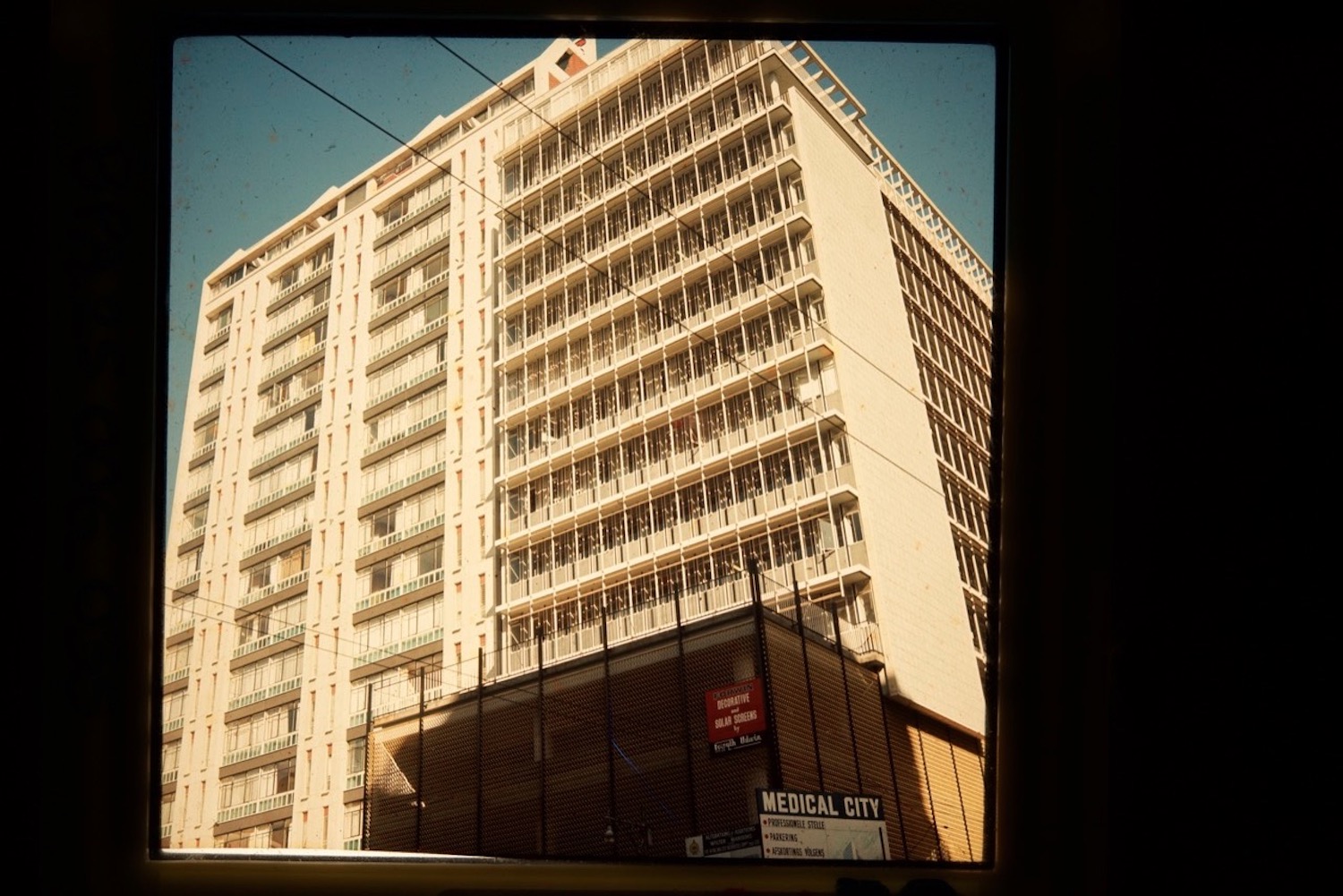

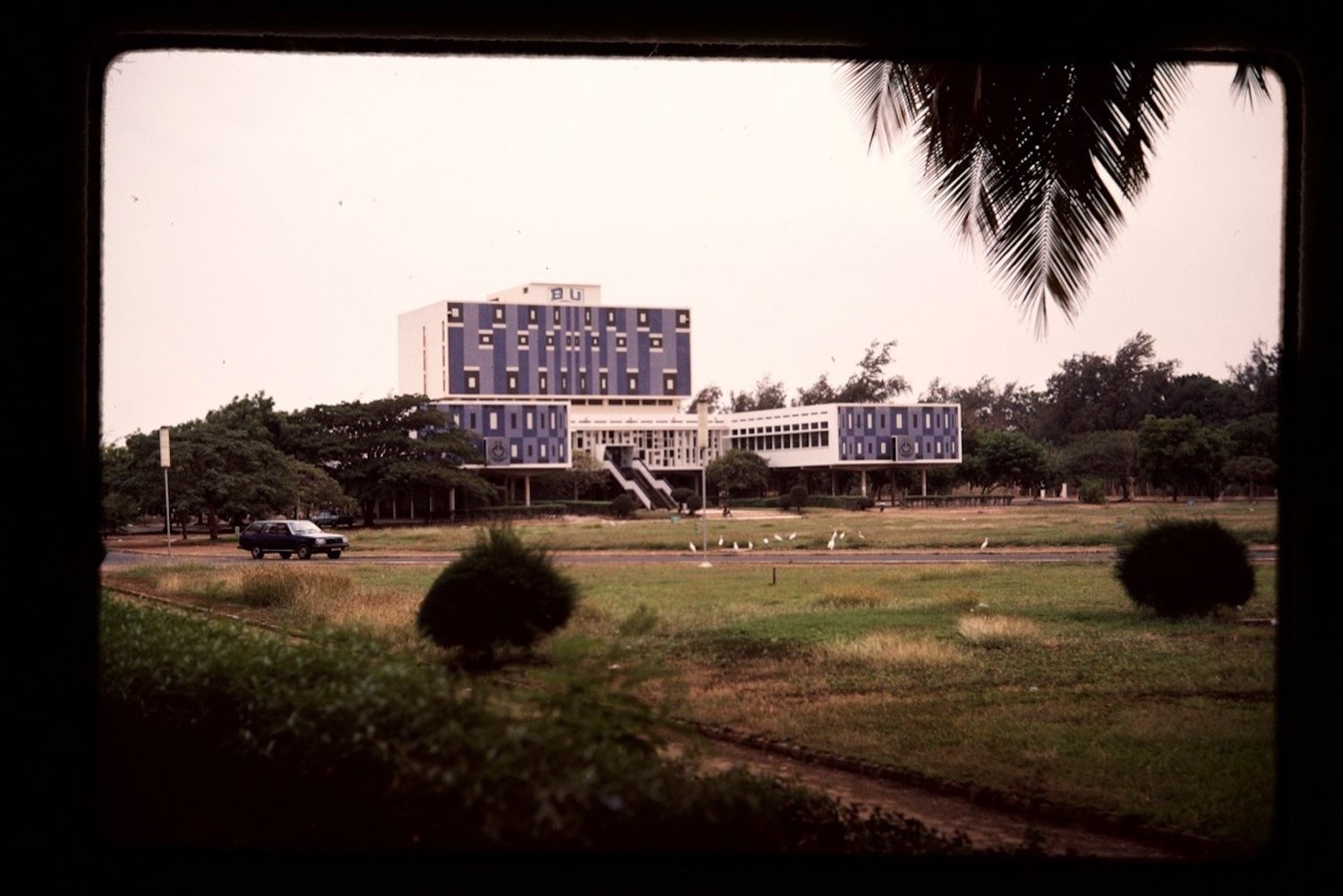

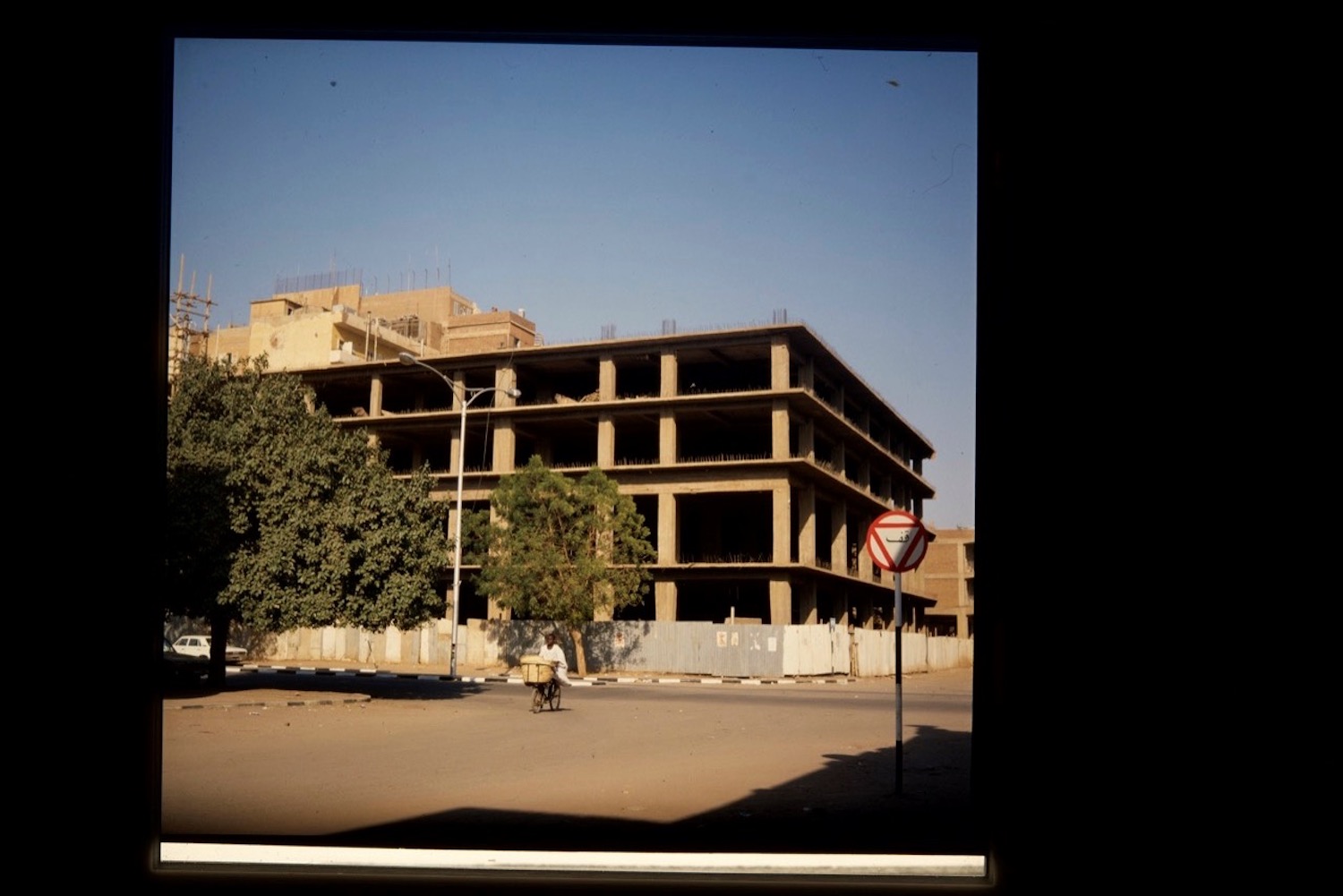
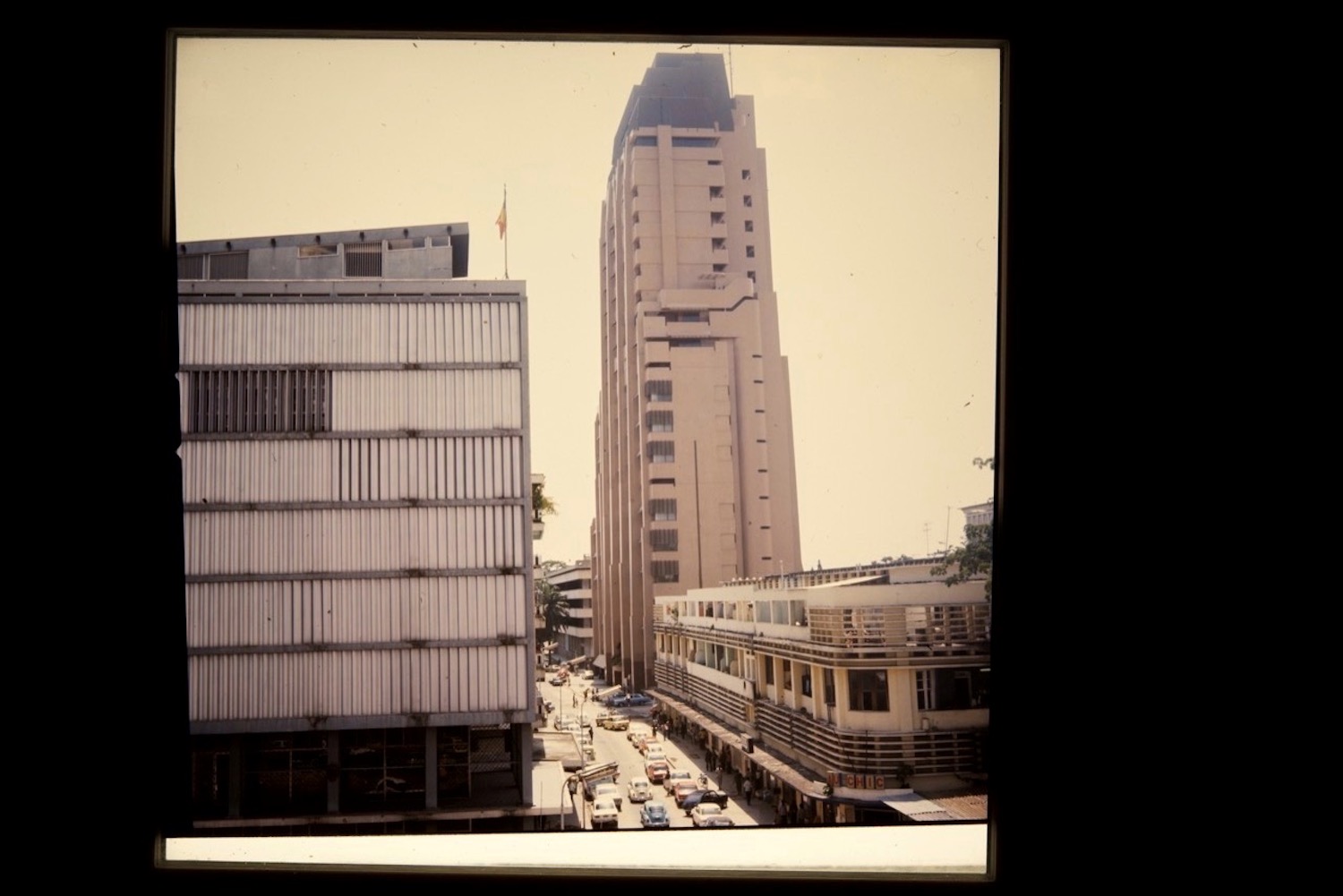

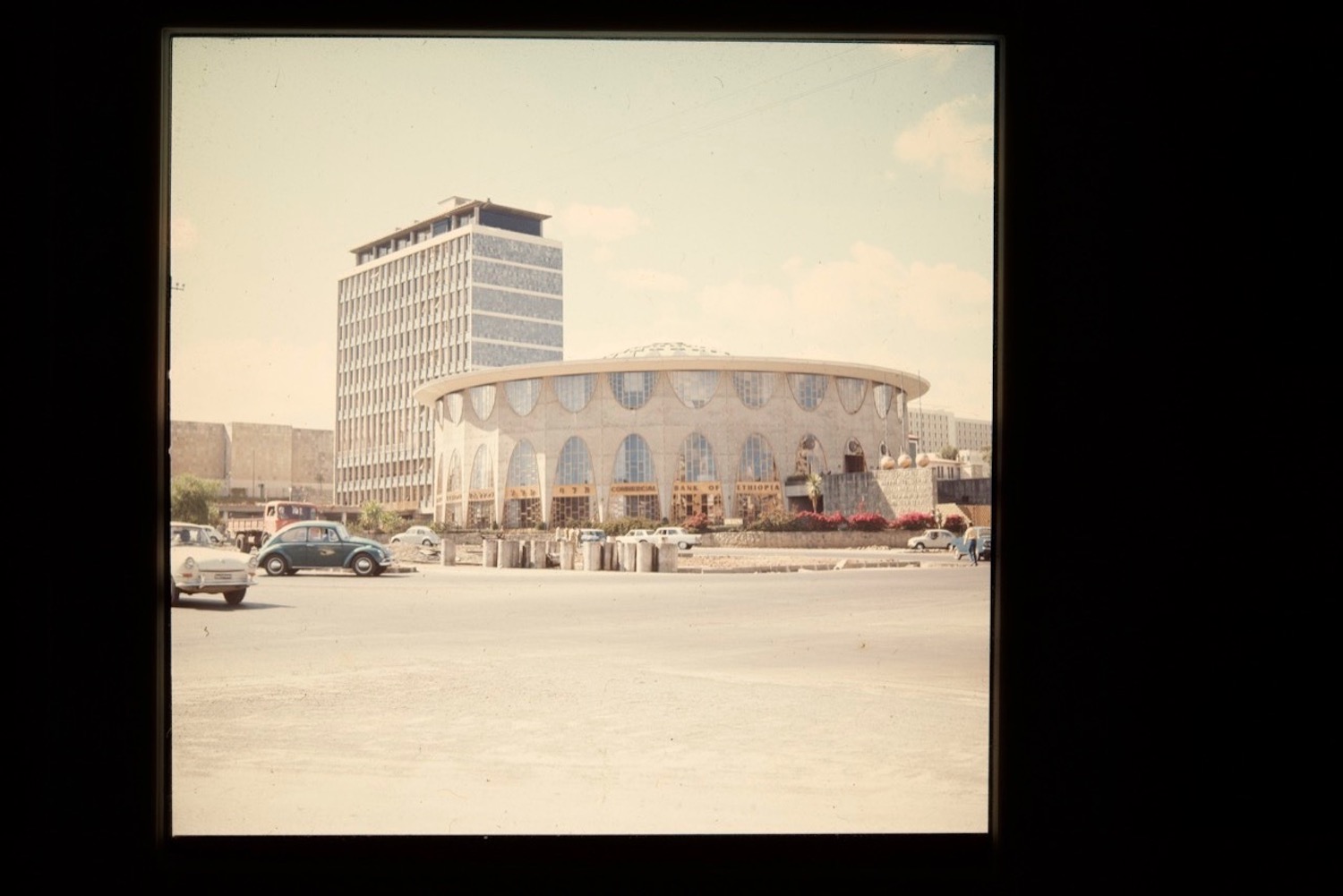
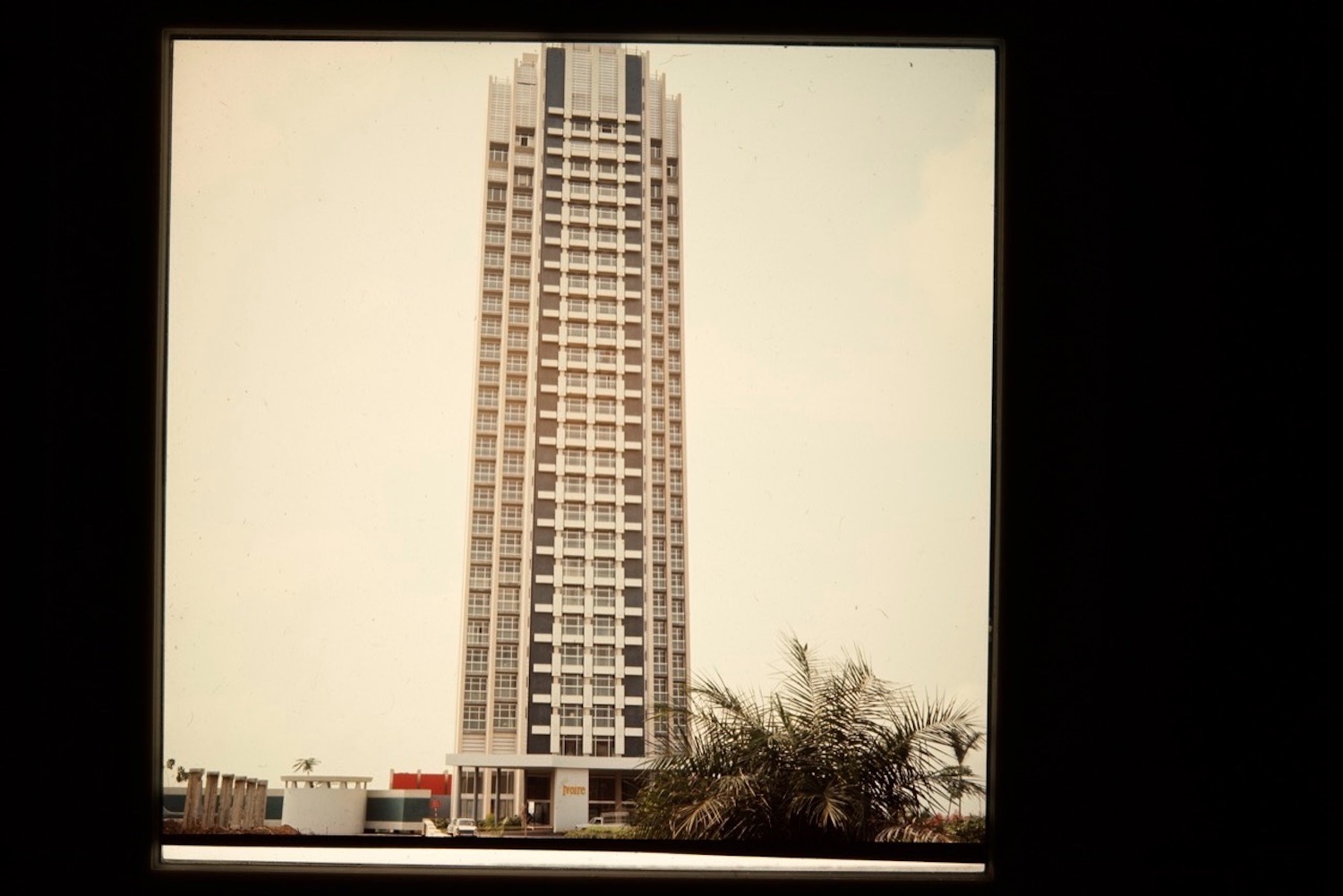
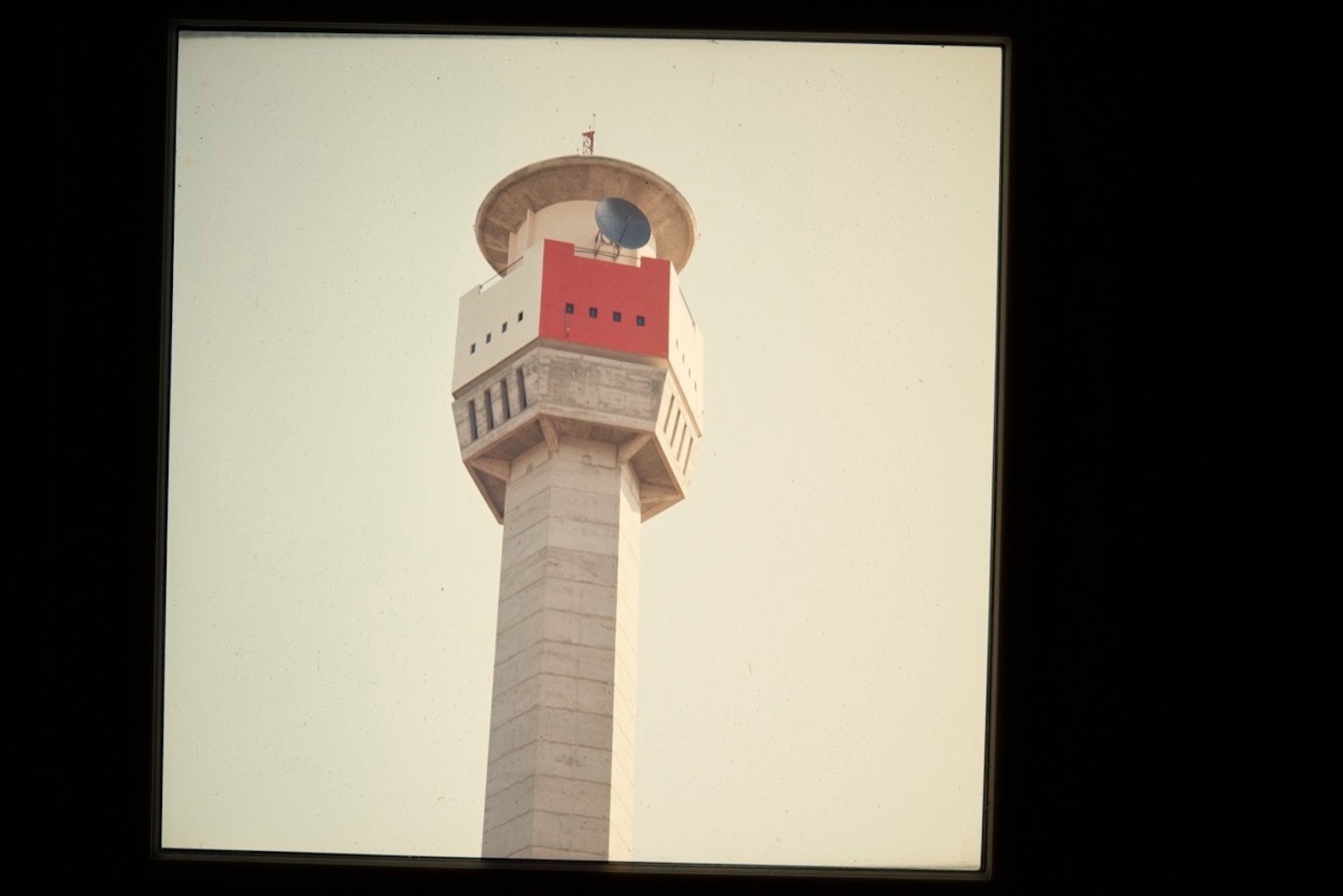
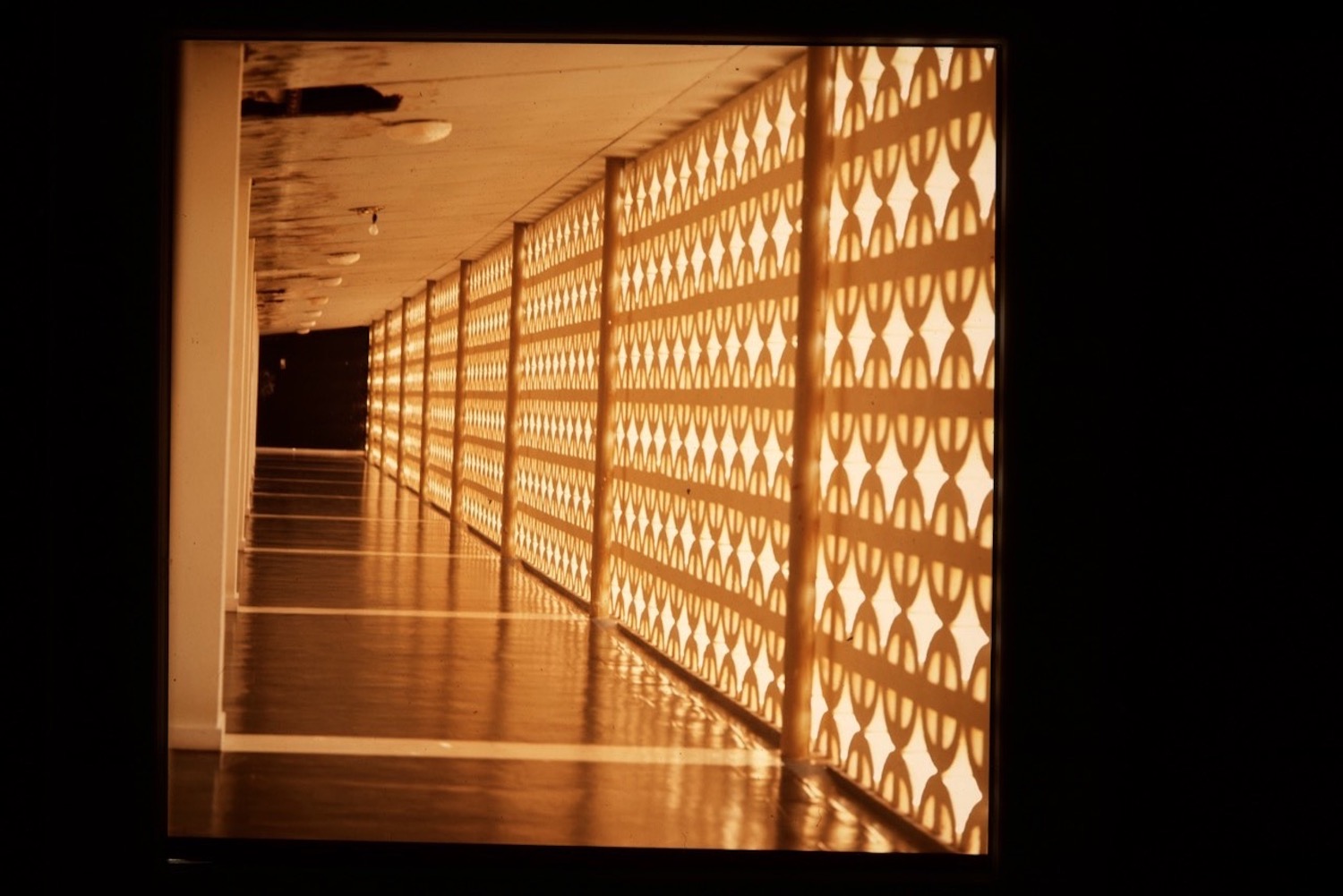

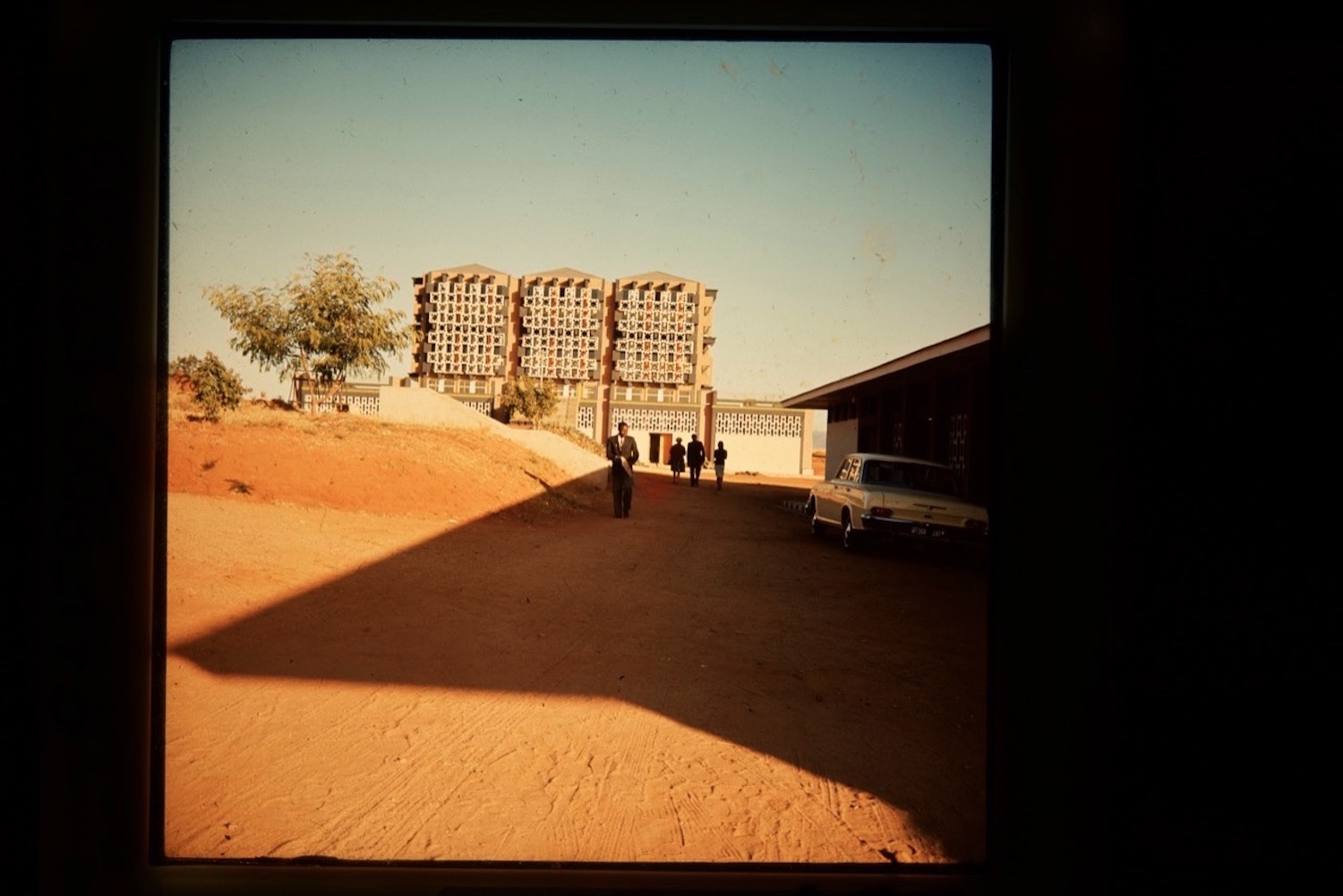
The Hans and Trudy Jenny collection is housed at the Basler Afrika Bibliographien (BAB)—Namibia Resource Centre & Southern Africa Library in Switzerland, the largest Namibia documentation centre outside Namibia. Its vast library and archive holdings are mainly used by scholars working on Namibian and Southern African historical topics with its website providing catalogues and databases on books, periodicals, posters, maps, comics, photographs, manuscripts, and audio-visual recordings.
Dag Henrichsen is a Namibian historian at the BAB and the Centre for African Studies, University of Basel.